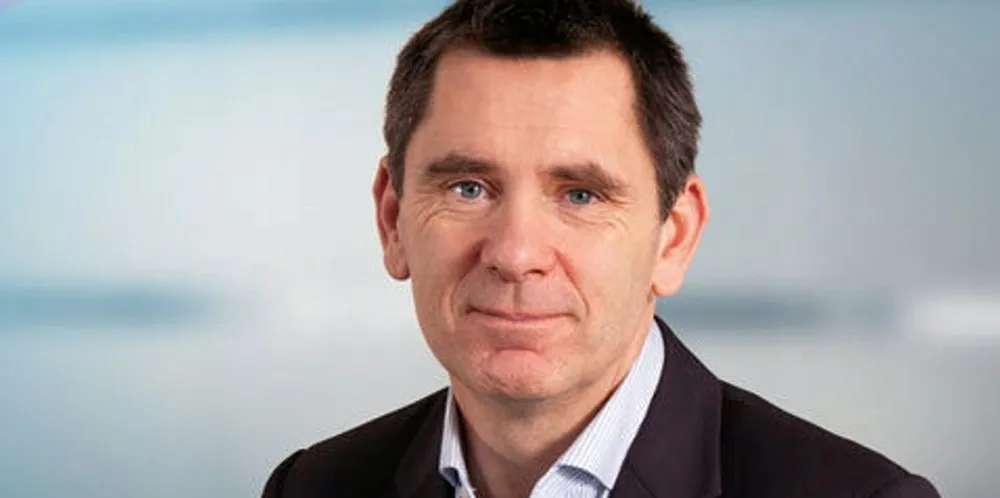Global annual investment in renewables needs to grow by a factor of five — but will it?
There is no shortage of low-cost capital around the world, the question is how to channel it towards decarbonisation, especially in developing nations, writes Gerard Reid
